Microsoft Office Excel is a program created specifically for working with tables in electronic form. Its possibilities are wide enough. With this spreadsheet editor, you can make different tables depending on the needs of the user.
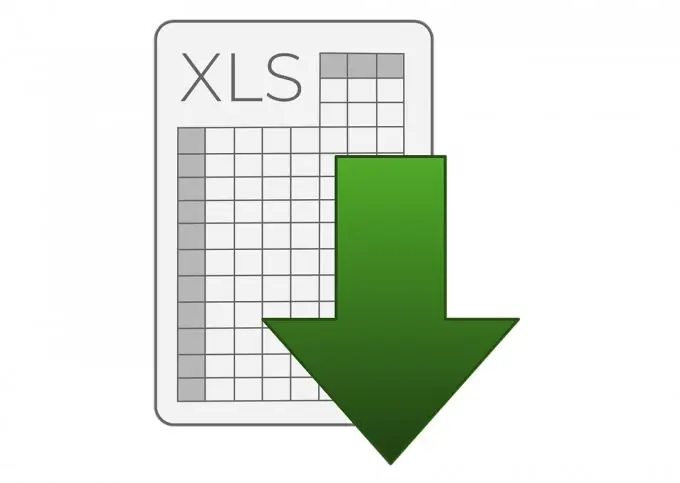
Basic elements of an Excel spreadsheet
This is what a clean sheet of Excel looks like:
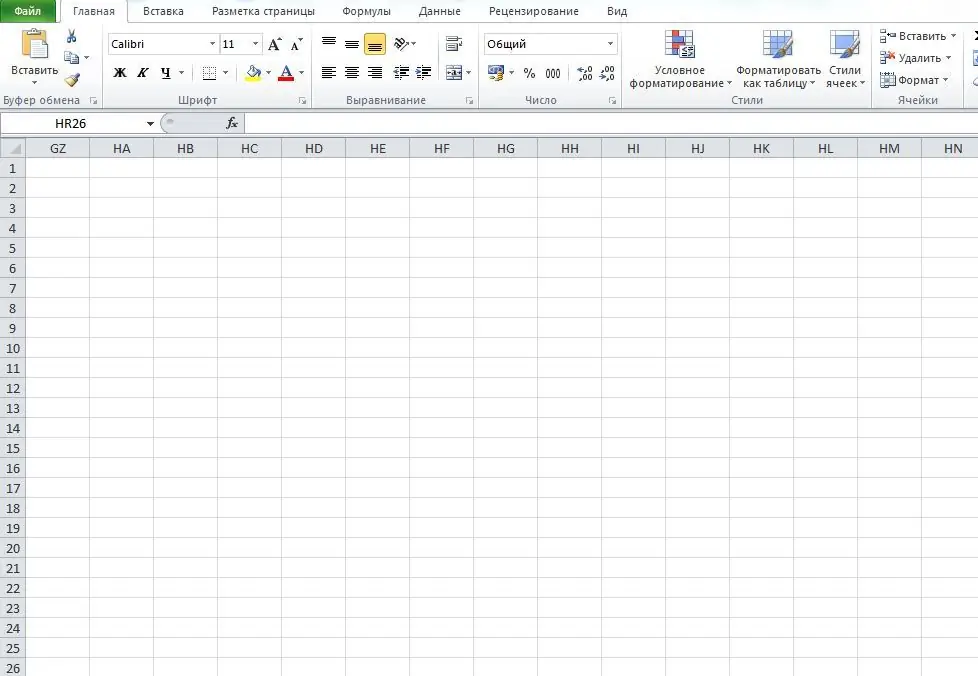
It consists of columns and rows, and they, in turn, of cells. Columns are designated by letters and rows by numbers. A cell can be inactive and active if the cursor is positioned in it. A cell has an address that includes a row number and a column number. This address is displayed in the field in the upper left corner under the control panel.
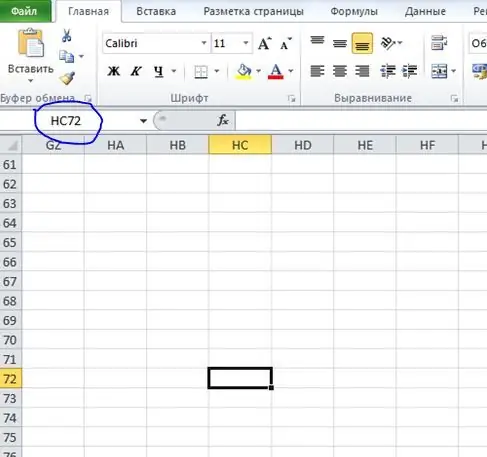
To create a table, you need to circle the required number of columns and lines with the mouse and outline the table using the "Borders" function.
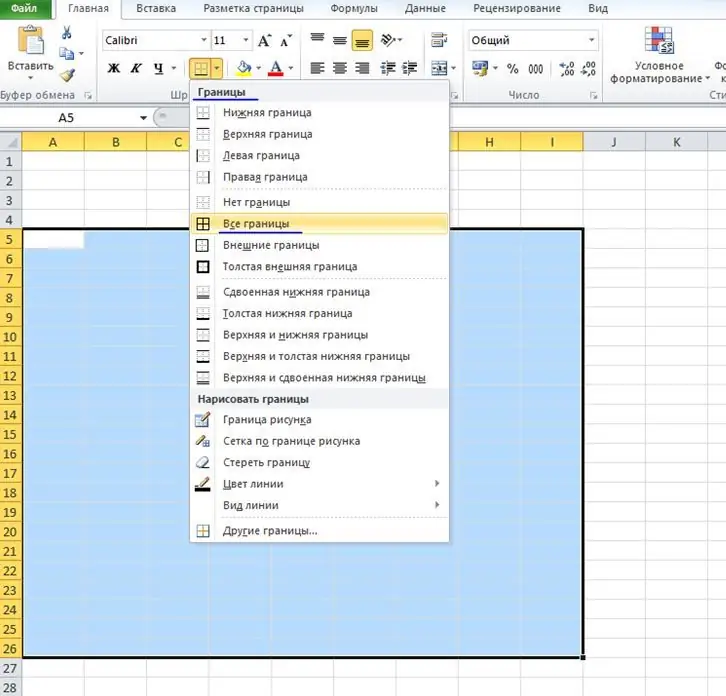
The necessary values are entered in the header, the lines are numbered. The simplest table looks like this:
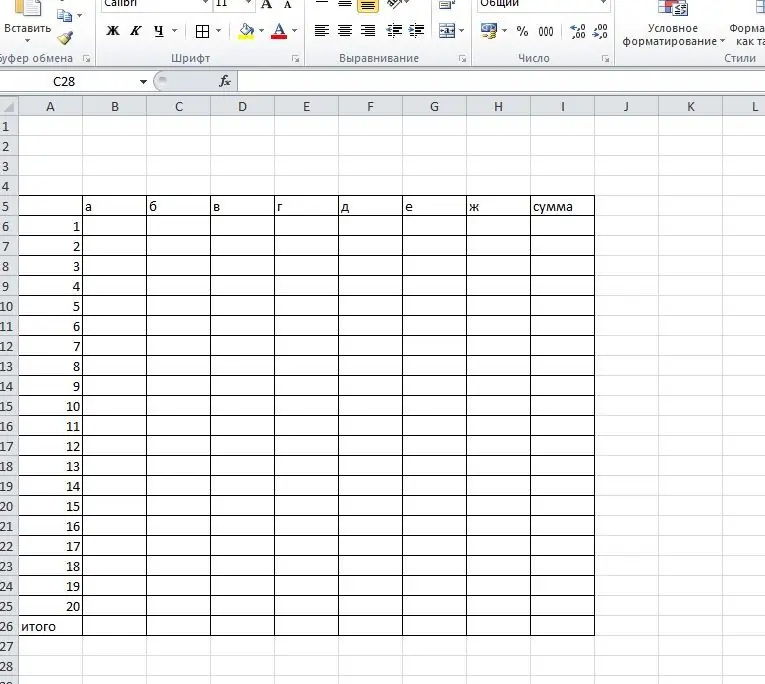
It is suitable for taking into account the simplest values, calculating the total amount and other elementary actions. More often it is necessary to compose very complex structures, in which there are a large number of elements and values. This raises the need to combine different areas. This can be done in several ways.
Concatenate cells using the context menu
For example, if you need to combine some of the cells in the table header with each other, then you can do this. You need to select the area to combine, right-click on it. A context menu should appear. In it, you should select the line "Format cells".
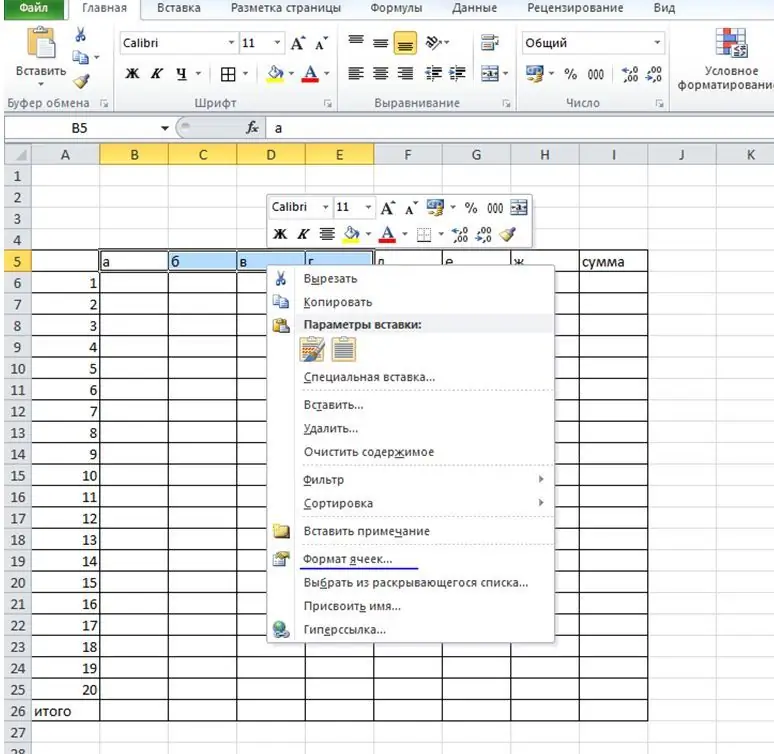
Next, the "Alignment" tab opens, a check mark is put in front of the "merge cells" item.
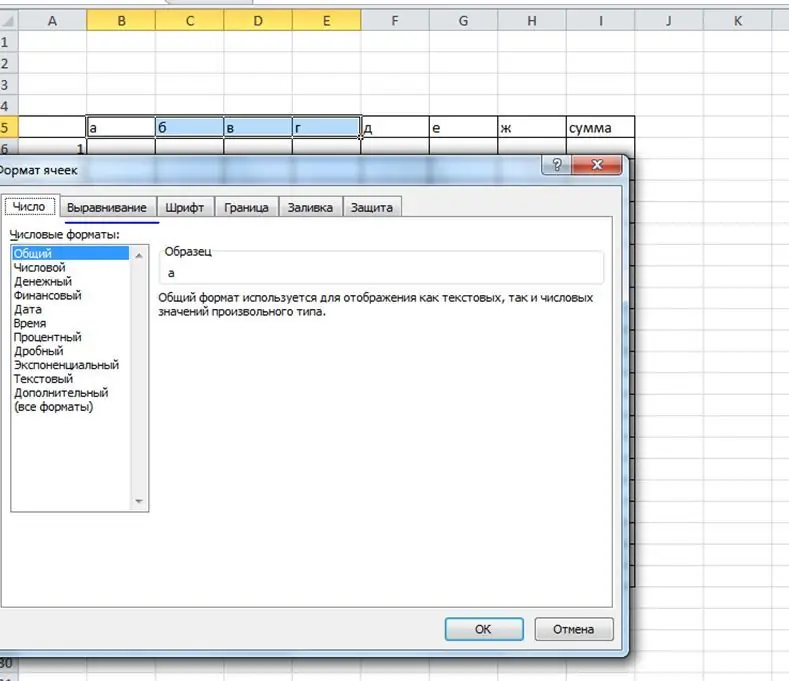
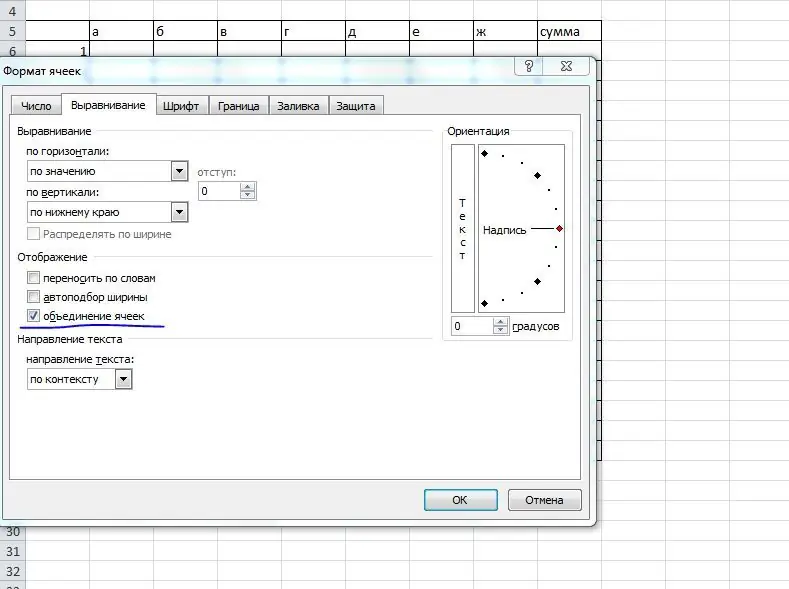
In the same place, the parameters for aligning the contents of the area are immediately selected, and the "OK" button is pressed. The following warning will appear:
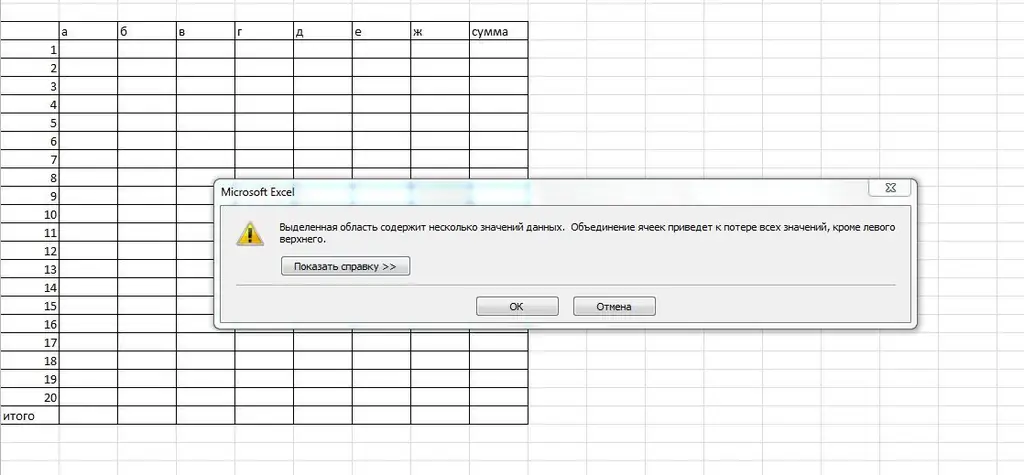
There is nothing wrong with it, you just have to type the content again. But it is better to first form the combined area, and then fill it with content. Then you don't have to do useless work. Thus, there is one large cell in the header, into which you can enter the desired values.
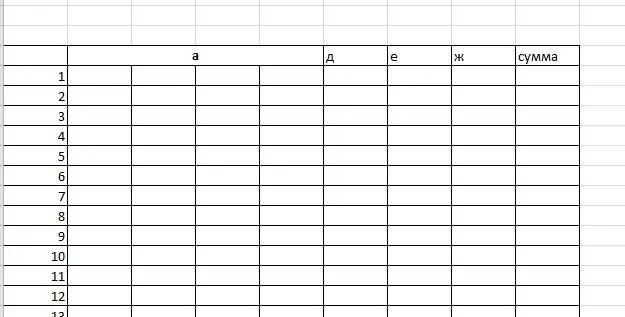
You can also do with a column. Text can be aligned and written vertically.
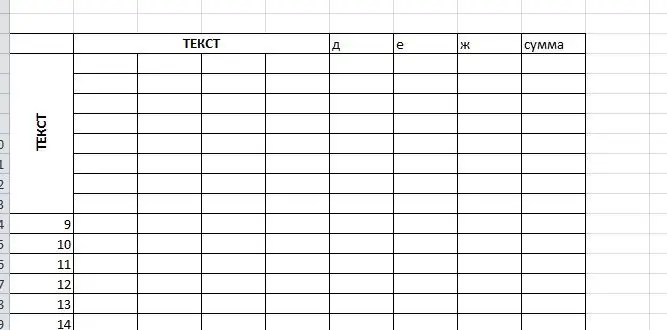
Concatenate cells using the control panel
To combine the cells of the table using the main menu of the program, you need to find the icon with the letter "a" in the "Home" tab, click on it.
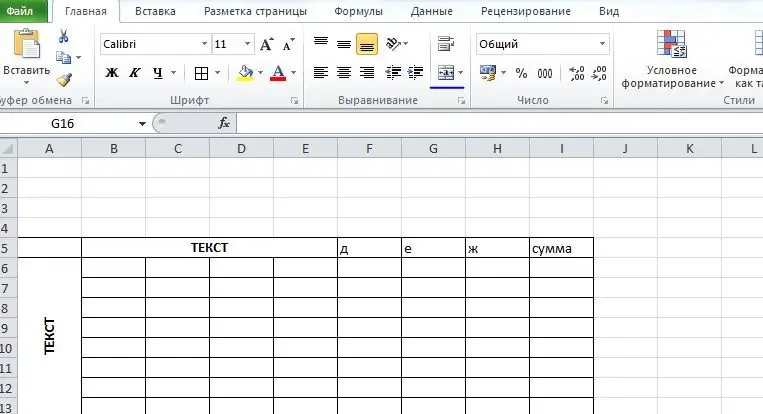
A submenu will appear, in it you need to select the "Merge and Place in Center" item.
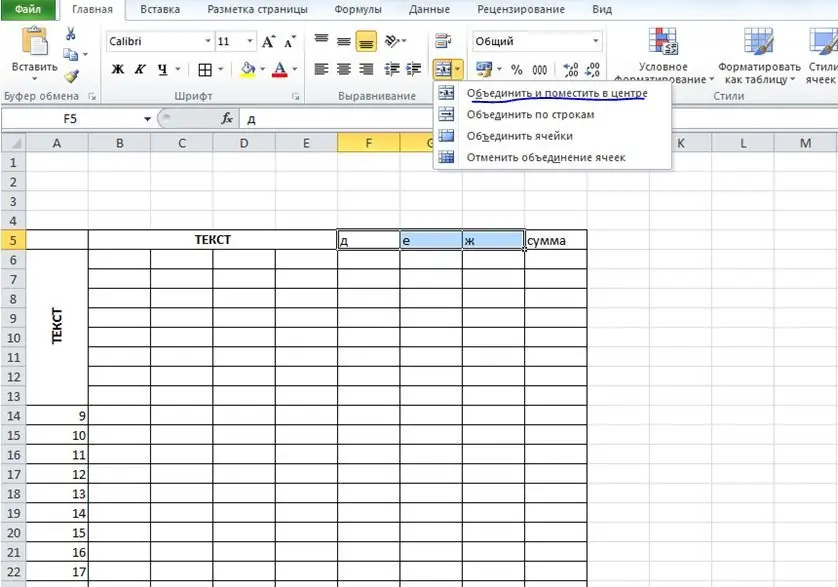
A warning appears again stating that the information will only remain in the leftmost cell. This method is much simpler than the first, but it is usually used less often. Most likely, because the purpose of an unfamiliar button is not so obvious to a simple user.
If the table already has a merged area of a suitable format, then you can copy this area to a new location. The described methods are available to users with any level of knowledge. There are more complex methods, they are within the power of confident PC users and specialists.
other methods
1. You can combine the specified area using the formula "= CONCATENATE (" text1 "; A2;" "; A3;" text2 "; A4;" text3 ")". Such a record will allow you to combine text from different cells without typing it again. Since the 2016 version of Excel, the "CONCEPT" formula has been used.
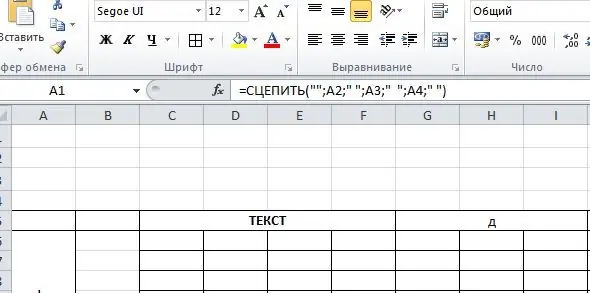
2. You can combine text from different areas into one using the "&" operator. To do this, in the cell where the final result will be, a formula of the form is created: "= (value1 & value2 & value3)" and so on.
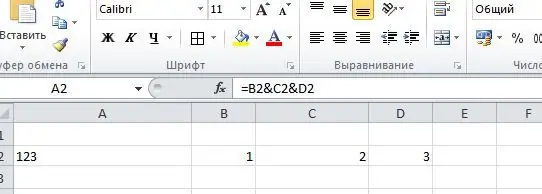
3. The task can be performed using macros. To do this, open the Visual Basic for Application (VBA) editor using the Alt + F11 keys and write a new macro in it to combine the required values. But this is the most difficult option and it is suitable for specialists. An ordinary user will be able to use one of the previous options.






